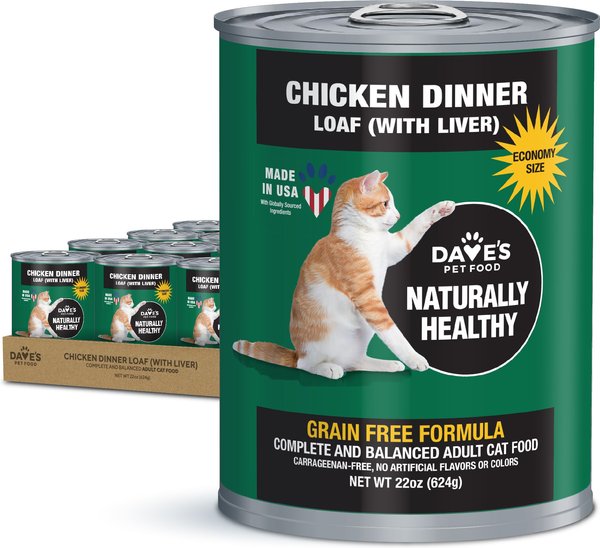Cao News Hub
Your daily source for trending news and informative articles.
Fur real? The Surprising Truth About What’s in Your Pet’s Bowl
Discover the shocking ingredients in your pet's bowl! Uncover the truth behind their food and keep your furry friend healthy and happy.
Unpacking Pet Food Labels: What Do They Really Mean?
Understanding pet food labels is crucial for making informed choices for your furry friends. A typical label includes a variety of information such as the ingredient list, guaranteed analysis, and feeding guidelines. The ingredient list is often the first place pet owners look; it typically lists ingredients in descending order by weight. This means the first few items are the most significant components of the food. It's essential to note whether high-quality sources like meat or whole grains are included, as these are vital for your pet's overall health.
Another important aspect to consider is the guaranteed analysis, which provides a breakdown of the nutrients in the food, including protein, fat, fiber, and moisture content. This section can help you determine if the food meets your pet's dietary needs. Additionally, be wary of marketing terms such as 'natural' or 'premium,' as these can sometimes be misleading. Reviewing the label thoroughly ensures that you're choosing a product that supports your pet's health and well-being.

The Hidden Ingredients in Your Pet’s Bowl: Are They Safe?
When you pour your pet's food into their bowl, you might not realize what goes into those tiny nuggets. Many commercial pet foods contain hidden ingredients that could affect your pet's health over time. These can include fillers, artificial preservatives, and even by-products that aren't always clearly labeled. Some common hidden ingredients to watch out for include corn syrup, animal by-products, and artificial flavors. Understanding these components can help you make informed choices that benefit your furry friend.
Not all hidden ingredients are harmful, but it’s crucial to do your research and consult with your veterinarian. For instance, grain-free diets have gained popularity, but they can sometimes lead to heart issues in certain breeds. Always read the ingredient list, paying close attention to the first few ingredients, as these make up the bulk of the food. If you notice terms that you're unfamiliar with, don't hesitate to look them up or ask your vet about their safety and nutritional value. Remember, when it comes to your pet’s food, knowledge is power!
Top 5 Questions Pet Owners Ask About Pet Food Quality
As pet owners, ensuring the quality of your pet's food is crucial for their health and well-being. One of the top questions many pet owners ask is, "What ingredients should I look for in pet food?" The answer lies in understanding that natural, whole ingredients tend to be healthier. Look for named protein sources, such as chicken or beef, rather than vague terms like 'meat by-products.' Additionally, reading labels is essential; ingredients are listed in order of weight, so those at the top of the list should be good quality.
Another frequently asked question is, "How can I determine if a pet food brand is reliable?" Researching the brand's reputation and looking for third-party certifications can provide valuable insights. Also, check for any recalls or safety issues reported by the FDA. Often, independent reviews and testimonials from other pet owners can help gauge the quality of the brand. Ultimately, transparency from the manufacturer about their sourcing and production processes is a strong indicator of pet food quality.